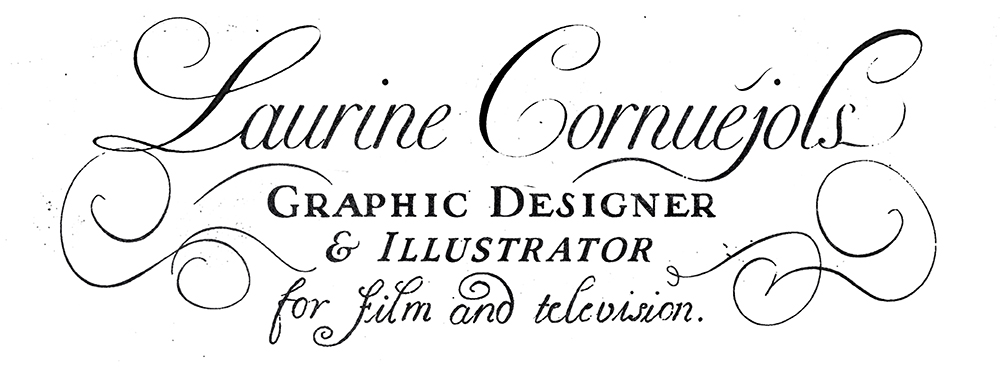Despair at The Hungarian National Gallery
The Hungarian National Gallery, Budapest
Expressing Despair
Some paintings I saw yesterday at the Hungarian National Gallery stroke me as particularly sad, which made me wonder how this effect was achieved. How did the artists express such a sense of despair? Are there any common techniques used in these 4 paintings that enhance sadness?
NB: I am by no means an art critic, this is solely my attempt to understand what makes a painting so successful and how I could possibly apply my findings to my own work
1. The soul crushing composition
The composition is very effective in the 4th painting: the figure is small and placed in the lower right corner. He appears crushed by all the darkness above him. In paintings 2 and 3, the figures are also small and placed at the centre of the frame.
2. Surrounded by emptiness
There is a lot empty space in these paintings, particularly in the 4th one. Most of the painting is covered in black with absolutely no details. Similarly in the 3rd one, a lot of empty space is left around the characters, it is a background with almost no details or texture, it is just empty.
There is nothing else to look at but the characters, which for me, makes them appear very lonely.
3. The single light
The empty space is further enhanced by the lighting of the scene. In Paintings 2 and 3 there is a single light, in the centre of the frame. The lighting is low key with one light accent which creates a strong contrast. There is one small light, and that is all the hope that is left.
4. The stillness of the pose and the empty gaze
The last thing that strikes me in these 4 paintings is the stillness of the pose. There is no movement in the frame, everyone is very still and will remain so. They are contemplating their own sadness and all of them appear lost in thought, staring into nothingness. I think the 1st painting is particularly effective in this way. As the girl looks out of the frame, she seems to be looking within herself.







